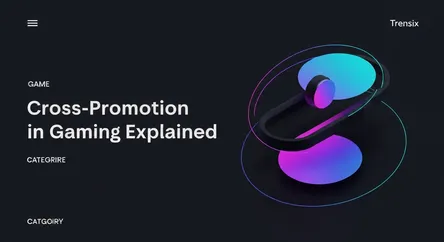Game
Cross-Promotion in Gaming Explained

Discover how cross-promotion works in the gaming industry, a marketing tactic where developers team up to share audiences and boost player numbers.
What is it?
Cross-promotion is a marketing strategy where two or more companies promote each other's products to their respective audiences. In the gaming industry, this often involves a game publisher advertising another one of its own titles within a popular game. For example, a pop-up in a mobile puzzle game might offer players rewards for downloading and trying the publisher's new role-playing game. It can also involve partnerships between a game and a non-gaming brand, like a fast-food chain offering exclusive in-game content with a purchase. The goal is to leverage an existing user base to acquire new players at a lower cost than traditional advertising.
Why is it trending?
The cost of acquiring new users (User Acquisition or UA) through major ad networks has skyrocketed. Cross-promotion offers a more cost-effective alternative by tapping into an existing, often highly engaged, audience. For large publishers with a portfolio of games, it's an efficient way to move players between their titles, increasing overall player retention and lifetime value. The rise of live-service games and brand collaborations in titles like Fortnite and Roblox has normalized this practice, making it a key part of modern game marketing and monetization strategies.
How does it affect people?
For players, cross-promotion can be a mixed bag. On one hand, it can lead to the discovery of new games they might enjoy and provide opportunities to earn valuable in-game rewards or exclusive content. On the other hand, some players find the in-game ads intrusive, feeling they disrupt the gameplay experience and are overly commercial. When done well, it feels like a natural partnership that adds value, but when implemented poorly, it can be perceived as an annoying and immersion-breaking advertisement that prioritizes profit over player experience.